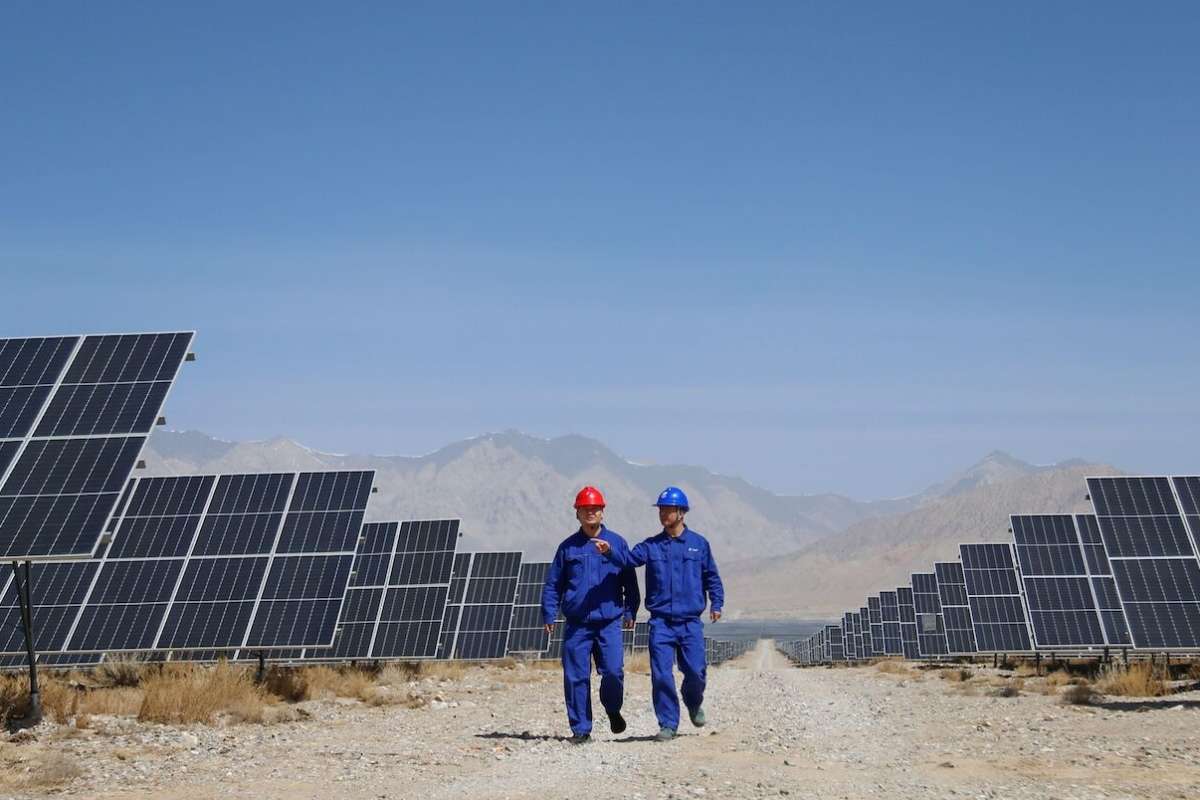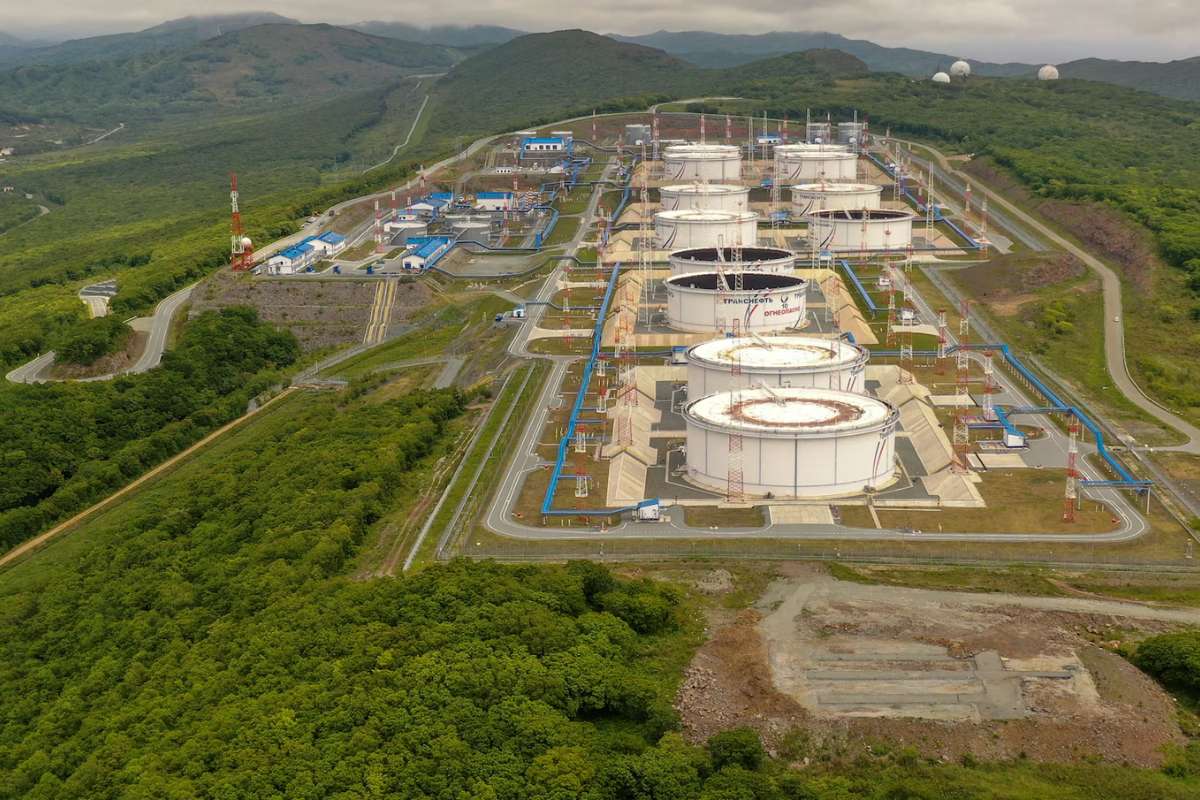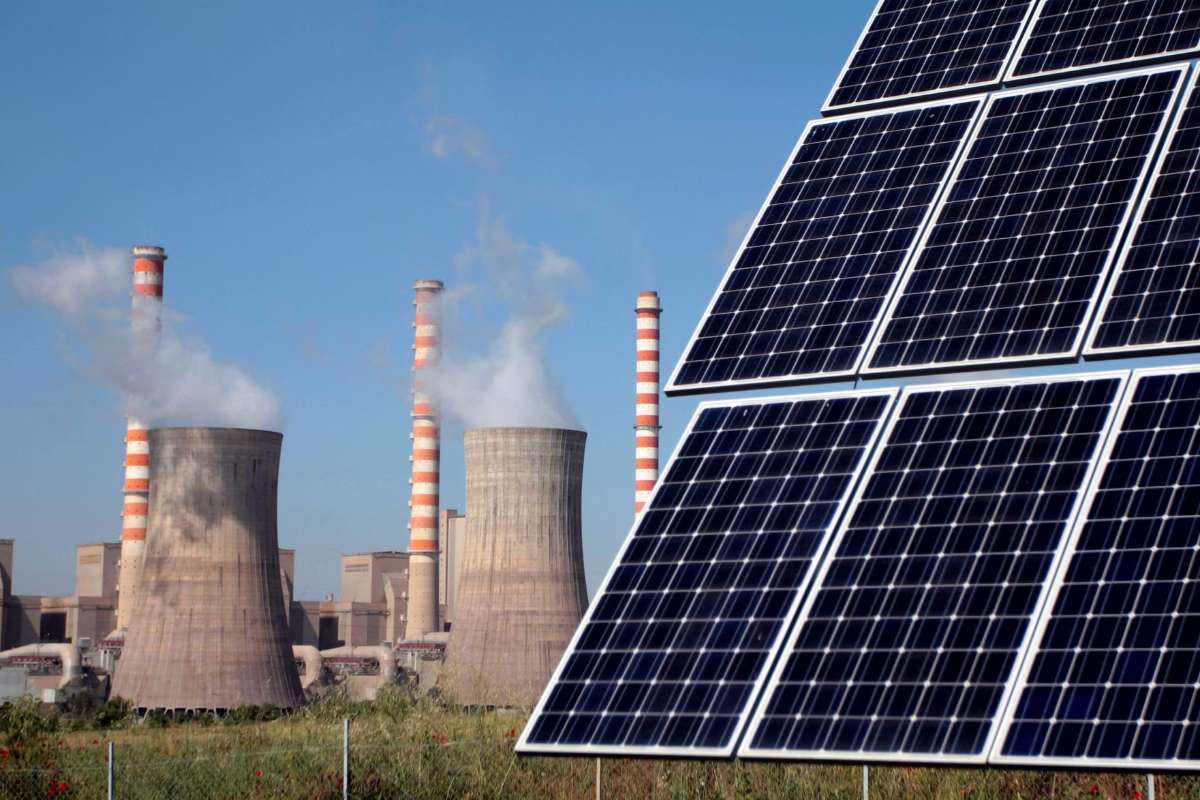Key Points:
- China launched the world’s largest solar farm, powering 5 million homes.
- Emissions fell 1% in early 2025 despite rising power demand.
- Solar now leads hydropower and nears wind, but coal and grid issues persist.
China’s solar farm, poised to become the largest in the world, symbolizes the nation’s aggressive expansion of renewable energy—marking a milestone as China reports its first sustained decline in carbon emissions amid continued economic growth.
Last month, officials showcased the project high on the Tibetan plateau, spanning 610 square kilometers, roughly the size of Chicago. Once complete, the site will host more than seven million solar panels capable of powering five million households. The project symbolizes China’s ambition to transform its energy sector and cut dependence on coal, even as its economy continues to expand.
A study released Thursday by the Centre for Research on Energy and Clean Air found that China’s carbon emissions fell 1 percent in the first six months of 2025 compared to the same period last year. This decline extends a downward trend that began in March 2024, raising hopes that the world’s largest greenhouse gas emitter may have already reached its peak emissions, well before its official target of 2030.
A structural shift in energy use
Unlike previous declines linked to economic slowdowns, the latest reduction comes despite rising electricity demand. Consumption grew by 3.7 percent in the first half of the year, yet renewable generation outpaced demand growth. According to the study, China installed 212 gigawatts of solar capacity in just six months—surpassing the entire solar capacity of the United States at the end of 2024, which stood at 178 gigawatts.
“China needs to get to that 3 percent territory as soon as possible,” said Lauri Myllyvirta, lead analyst at the Centre and author of the study, referring to the average annual emissions reductions required for China to meet its goal of carbon neutrality by 2060.
Solar has now overtaken hydropower as China’s second-largest clean energy source and is on track to surpass wind power by year’s end. The country also added 51 gigawatts of wind power between January and June.
Climate experts view this trend as globally significant. “This is a moment of global significance, offering a rare glimmer of hope in an otherwise bleak climate landscape,” said Li Shuo, director of the China Climate Hub at the Asia Society Policy Institute in Washington. He noted that China’s progress demonstrates that economic growth and emissions reduction can occur simultaneously.
Still, Li warned that China’s solar farms’ heavy reliance on coal remains a major obstacle. “There’s still a long road ahead,” he said, stressing the need for an economic shift toward less resource-intensive industries.
Transmission challenges and grid reforms
The vast solar installations in western China, including the Tibetan plateau project, highlight another challenge: delivering clean power to the more populous industrial regions in the east.
“The distribution of green energy resources is perfectly misaligned with the current industrial distribution of our country,” said Zhang Jinming, vice governor of Qinghai province. To address the imbalance, China is building cross-country transmission lines, including a line already connecting Qinghai to Henan province and two more planned to extend to Guangdong in the southeast.
Experts caution, however, that China’s existing electricity grid is better suited to the steady output of coal plants than to variable renewable sources. “This is an issue that the policymakers have recognized and are trying to manage, but it does require big changes to the way coal-fired power plants operate and big changes to the way the transmission network operates,” Myllyvirta explained.
Looking ahead
While the 1 percent decline in emissions marks progress, analysts emphasize that China’s solar farm must accelerate reductions to align with its long-term climate commitments. Achieving carbon neutrality by 2060 will require annual cuts averaging three percent—three times the current rate.
For now, China’s rapid solar rollout has created what observers describe as a “turning point” in the global effort against climate change. The Tibetan plateau, China’s solar farm, with its capacity to supply power to millions, illustrates the scale of ambition. But the road ahead demands both deeper structural reforms and sustained political will to move away from coal.
As Li Shuo cautioned, “There’s still a long road ahead.
Visit Oil Gas Energy Magazine for the most recent information.












